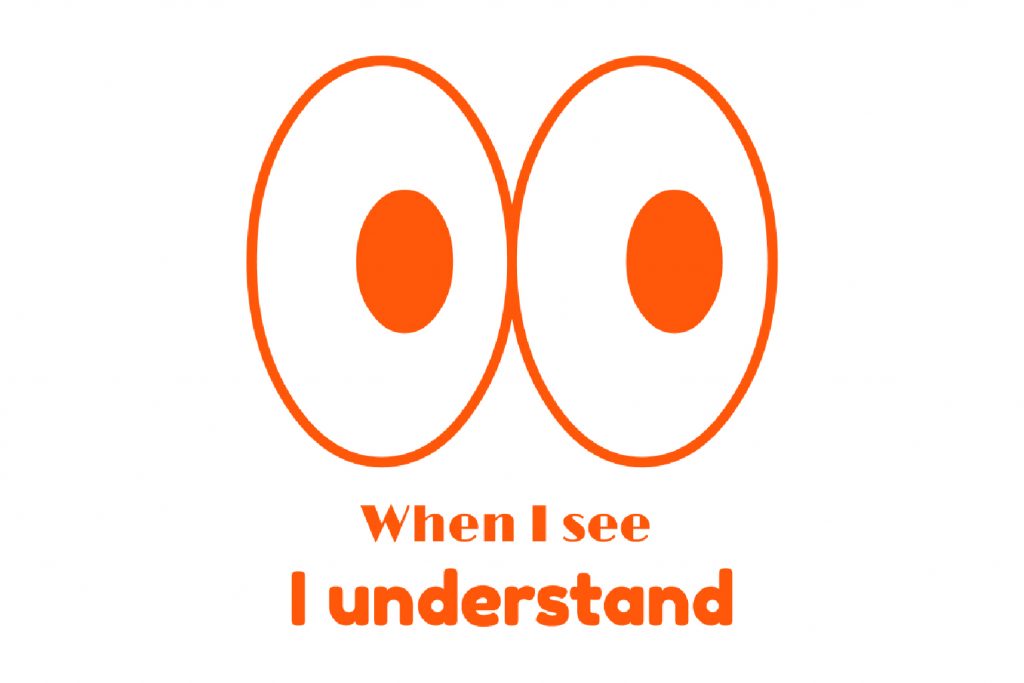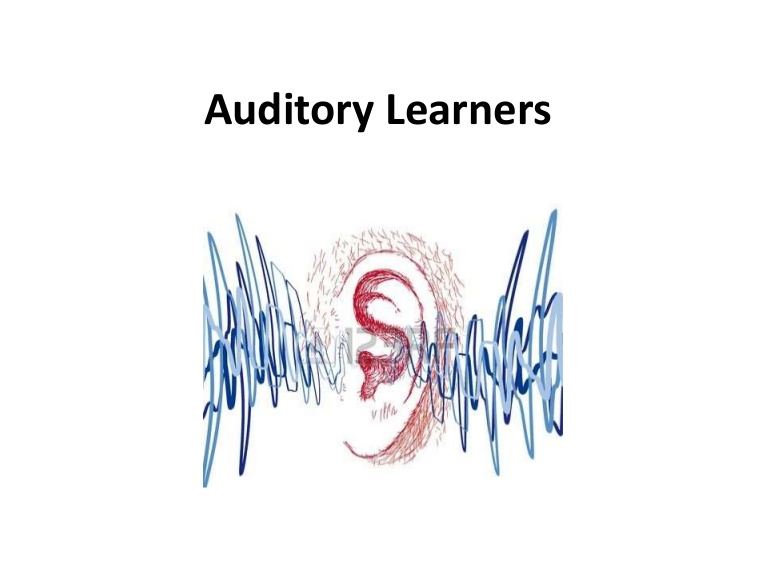How Do Different Learning Styles Benefit from Transcription Services?
The VARK model and transcriptions
If you are a teacher, you aim to explain a subject to your student so that in the end they understand it very well and that they can at a later stage practice and revise that subject on their own. Here is a very important thing to keep in mind: not all students have the same learning style. Since in the last couple of months our classrooms tend to move more and more to the virtual world, there are many interesting tools which can facilitate learning. One example of this are transcriptions which make the life of students easier by supporting every student learning style. Furthermore, once the students are done with learning, transcriptions are a great crutch for practice and revisions, and this is also vital for the studying process. Let us give you some more details about different learning styles and what role transcriptions can play in them.
But first of all, let’s take a look at why there are different learning styles? Just like people have different personality traits, they also have preferred learning styles, or learning styles that make learning most effective for them. Sometimes only one style works for them and sometimes they get the best results when they mix up different learning styles. Also, sometimes the virtual classroom will consist of international students, or students with specific learning limitations who will need additional support. The job of a teacher is to understand that and to try to incorporate different learning styles in their online teaching material. This will make it possible for every student to rise up to their potential, so that they can become more confident and that the studying itself isn’t a torture to them, but a pleasant experience.
What is the VARK model?
Now we would like to present you with the famous VARK model, which was developed by Neil Fleming in 1987. It stands for visual, aural, read/write, and kinesthetic sensory. It is a frequently used method to categorize learning styles due to its effectiveness and simplicity. This model provides different options for individual students to engage with the content in a more personalized way.
The Visual
There are students who simply learn the best when the subject is given to them in a graphical format so that they can see what they are supposed to internalize. Those students prefer to films, diagrams and graphs or mind maps. Teachers can also highlight important terms with different colors, symbolic arrows and circles can also be used to convey information, key words might be replaced with initials etc. Usually, teachers will have many visual learners in their classroom, since around 2/3 of students are visual learners.

The Aural
Some students are auditory learners. That means that they learn best when a subject is explained to them orally. They will prefer old school lectures in which teacher explains information. That makes it easy for them to jump into new concepts. Audio recordings are also a great help here. Group projects, discussions and brainstorming motivates them as well, since this makes it possible for them to learn something while verbalizing and explaining the material to themselves. Keep in mind that auditory learners tend to be easily interrupted by noise.

The reading/writing
If some students want to enhance their knowledge, they need to write information down. Repetition of words is key for them and this helps them to understand the subject. So, they are the perfect candidates for conventional learning which includes reading from a textbook and writing their own notes. For them to remember an information it needs to be displayed as words. It is not a surprise that many teachers have a strong preference for this learning style. When it comes to online curses, it is best that you always provide a textual guide or a PowerPoint presentation in order for reading/writing learners profit most of your course.

The Kinesthetic
For some students, tactile activity is of crucial importance. Kinesthetic learners also tend to learn better if physical activities are part of the learning process. When we say physical activities, we mean that those students learn best when they are doing surveys, experiments, projects or role-plays. Moving, touching and doing is their way to go, so the teacher should focus on practical work and not only theory. They need to have the feeling that they can practically apply the things that they are going to learn. To put it different terms we can say that they learn easiest from the experience of doing something, but if should preferably be their own experience and not the experiences of others. They excel in acting, miming and crafts.

How transcriptions can help?
So far so good. Let us now move to technology, or more specifically to transcriptions and how they can help overcome challenges of the virtual classroom and be beneficial for students with different learning styles in online courses.
- It is not realistic that a student captures everything that the teacher said during a lecture (most of the time they can’t capture more than 50 %). So, when the lesson is over and the students go through their notes, a lot of important content is usually missing. If the teacher provides the students with a transcription of the lesson, they can easily fill in the important parts that are missing and make their life and studying easier. This is especially important for the reading/writing learners.
- Listening and taking notes at the same time can be quite a challenge and many people are not very good at it. But students often don’t have a choice. And while the reading/writing learners might benefit from taking notes while in a lecture, auditory learners may have a difficult time to concentrate to take most out of the lecture itself. Wouldn’t it be great if they had the possibility to simply focus on one thing – pay attention to what is said – and at the same time be assured that the whole lecture will be available to them in a written form? Transcribing a lecture might just be the answer to this issue.
- Transcripts are adjustable to any learning style and they can simplify the job of the teacher. Teachers won’t have to use many teaching styles since transcripts can be used in different ways. One example for that is that visual learners can make mind maps out of transcripts. Teachers could also try to think of learning games for which transcripts might be of help. This way the needs of kinesthetic learners are covered as well.
- As we already pointed out, there are students who like to mix up different learning styles. This is efficient especially when students are studying complex subjects. Transcripts will make it possible for students to develop their own learning experience and to experiment with different learning styles and for many of them this might produce better outcomes.
- While online courses are handy, especially in times like these, they also tend to be hard and confusing for some students. Transcriptions give safety to unsecure students, since by going through them, students can engage into the teaching material in more detail and fill in knowledge gaps, which in the end means that they will be able to master the subject more efficiently.
- Last but not least, in every classroom there might be students with hearing impairment or student who don’t speak English very well. Especially today, many students from all over the world are turning to the Internet to attend different courses. If you want the include them in your class, you should ensure that they have access to a transcript of the online lessons. This will be a very helpful learning aid for them.
- Even students who use English as a mother tongue might sometimes might miss parts of the virtual lecture (or even the whole lecture) due to technical issues. Low Internet connection is a problem that many students face, especially if they are from various corners of the world. It would be fair to provide transcripts to them so that they can benefit from the lecture in the same way the other students do.
Lecture transcriptions are an important part of online courses and the e-learning process. They are a helpful tool since they simply are an additional subject material and students with different learning styles can benefit from it. Having a transcript of the lecture right in front of them will make it easier for students to comprehend the material and to connect with it, no matter if they are visual, auditory, reading/writing or Kinesthetic learners.
If you compare transcriptions to other pieces of technology that can help students, we want to highlight that transcribing lectures is one of the cheapest and efficient ways to simplify studying for students. It doesn’t really matter if teachers are giving online classes or work in a traditional classroom, transcriptions should be taken into consideration. Gglot is a modern and successful provider of transcription services and it can help you with transcribing your recorded online classes accurately for a fair price. Recorded lessons and lectures will be delivered in a text format within minutes. Try it out!